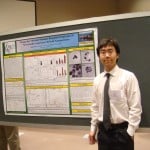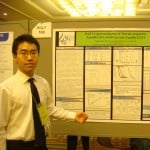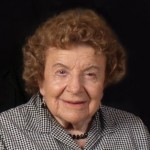Prof. Scott K. Silverman, Professor of Chemistry
Department of Chemistry, University of Illinois at Urbana-Champaign
October 10, 2014 ~ 3:00pm ~ Chemical Science Building, Room 101
Abstract:
DNA in its double-stranded form is familiar as the genetic material. When single-stranded, however, DNA can adopt complex three-dimensional structures that allow binding of substrates and catalysis of chemical reactions. DNA has many conceptual and practical advantages over other biologically derived polymers (proteins and RNA) for applications as a catalyst. This presentation describes the development of DNA catalysts, or deoxyribozymes, for a variety of chemical reactions, primarily involving covalent modification of peptide and protein substrates.



